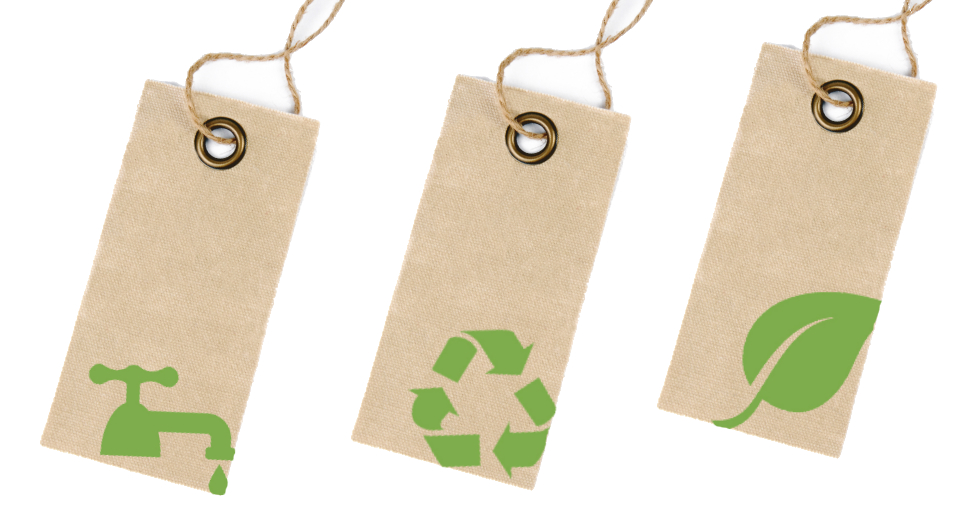Buzzwords like ‘organic,’ ‘natural’ and ‘green’ seem to be ubiquitous in retail, but unearthing just how sustainable a clothing line or individual product is may be downright difficult. After all, how often do you really know where your shirt’s cotton came from or how soon you’ll toss that brand new dress, sending it to a landfill?
Here at LS&Co., we’re committed to sustainability — it’s woven into everything we do — and we want to help make it easier to identify sustainable products when you shop. The most surefire way to curate a more eco-friendly wardrobe is to do your research. That means investigating sustainability claims on product labels and marketing materials, rather than merely accepting claims at face value, as well as doing a little online searching of your own.
Here are a few pointers on how to minimize the environmental impact of your clothing:
-
Shop for quality and durability. Value quality over quantity, seeking out durable items that won’t fall apart after a few wears. Focus on pieces that are timeless — those wardrobe essentials you’ll love and wear over and over for a long time. It can be easy to buy into ‘fast fashion’ trends, but accumulating a more sustainable wardrobe means investing in products that are well made and have an enduring style. The next time you go shopping, test yourself with a hypothetical: Could you see yourself wearing the item in five years?
-
Identify companies that pay attention to the impact of their products. This one requires a bit of light Google sleuthing to help determine whether the companies you buy from incorporate sustainable practices. At LS&Co., for example, we assess the full lifecycle of our products, taking a look at the entire life of a product — from raw material extraction to disposal, in order to understand the true impact a garment has on the environment at every stage. Why is that important? Our rigorous lifecycle assessments influenced a lot of sustainability-focused change throughout our company. We’ve learned that consumer education is vital to changing wasteful product care practices. It’s important people know how to care for their jeans to help them last longer and maintain the style they want. That means washing less, washing cold, line drying, and donating products to keep them out of landfills.
-
Look at how your clothing is made. Companies with social standards and programs implement responsible garment manufacturing, a baseline requirement for a more responsible wardrobe. For example, LS&Co. implemented the first comprehensive supplier code of conduct in the apparel industry in 1991, raising the bar for health and safety for the people who make our products. We also created Water<Less processes, which reduces the amount of water used to make our clothing. Nike has forayed into waterless dyeing methods. Patagonia’s traceability programs seek to track their product sources. Research the ethical production standards of a company before you buy, considering topics like labor rights and working conditions. Sites like Good Guide can give you a quick read on how your favorite products fair when it comes to overall environmental and societal impact.
- Understand clothing materials. This is another area where some quick Internet research can go a long way. In this case, you’ll want to focus on finding brands that use environmentally-preferable materials. Seek out fabrics derived from eco-friendly resources, such as sustainably grown fiber crops or recycled materials. Here at LS&Co., for instance, we work with the Better Cotton Initiative to source responsible cotton.
With a little extra effort and research, shopping for more sustainable apparel can be incredibly rewarding. Knowing that your clothes are ethically sourced and made responsibly is a great way to be mindful of your global footprint. And better yet: it’s even more incentive for other companies to implement sustainable production practices at a global scale.
>> Sign up for our Unzipped newsletter to get the best of the Unzipped blog — company news and views, employee profiles, innovation and sustainability stories, behind-the-scenes, and Archives highlights — sent straight to your inbox weekly.







